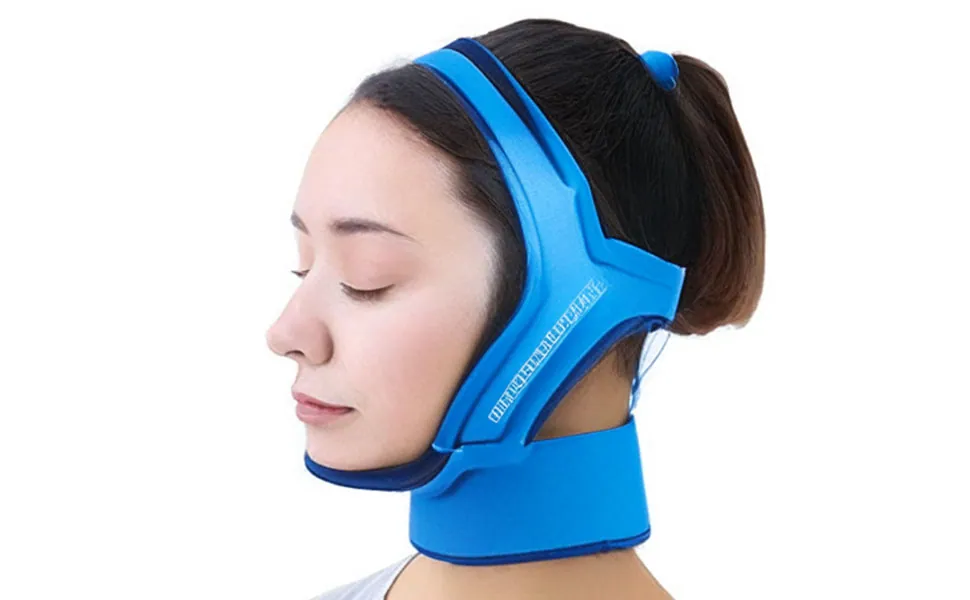Kind Remind: Always talk to your doctor before buying or using a cervical traction device. And we are always here to help you with our unique products.
TOP 10 Cervical Traction FAQs
What is cervical traction?
Cervical traction is a type of physical therapy that uses a gentle pulling force to stretch the neck. It is used to treat a variety of neck conditions, including:
- Neck pain
- Neck stiffness
- Headaches
- Whiplash
- Radiculopathy (pinched nerves)
- Disc herniation
- Degenerative disc disease
How does cervical traction work?
Cervical traction works by applying a gentle pulling force to the neck. This force helps to stretch the muscles and ligaments in the neck, which can help to reduce pain and improve range of motion. Traction can also help to relieve pressure on the nerves in the neck, which can help to improve nerve function.
How long does cervical traction take?
Cervical traction can be done for a variety of lengths of time. In general, it is recommended to start with short sessions of 10-15 minutes and gradually increase the length of time as tolerated.
How often should I do cervical traction?
Cervical traction can be done several times a day, but it is important to listen to your body and not overdo it. If you experience any pain or discomfort, stop the traction and rest.
Is cervical traction safe?
Cervical traction is generally safe for most people. However, it is important to talk to your doctor before starting cervical traction if you have any of the following conditions:
- High blood pressure
- Heart disease
- Stroke
- Osteoporosis
- Pregnancy
- Recent neck surgery
What are the risks of cervical traction?
Cervical traction is generally safe, but there are some potential risks, including:
- Headache
- Nausea
- Dizziness
- Increased blood pressure
- Dislocation of the cervical spine
Who should not use cervical traction?
Who should not use cervical traction?
What are the benefits of cervical traction?
Cervical traction can provide a number of benefits, including:
- Reduced pain
- Improved range of motion
- Reduced inflammation
- Improved nerve function
- Improved posture
Is cervical traction covered by insurance?
Insurance coverage for cervical traction varies depending on the insurance plan. Some plans may cover cervical traction as a medical necessity, while others may not. It is important to check with your insurance company to see if cervical traction is covered.
If you are considering cervical traction, it is important to talk to your doctor or physical therapist. They can help you determine if cervical traction is right for you and can help you develop a safe and effective treatment plan.
What are the alternatives to cervical traction?
There are a number of alternatives to cervical traction, including:
- Physical therapy
- Massage therapy
- Heat therapy
- Cold therapy
- Medication
- Surgery





0 Comments